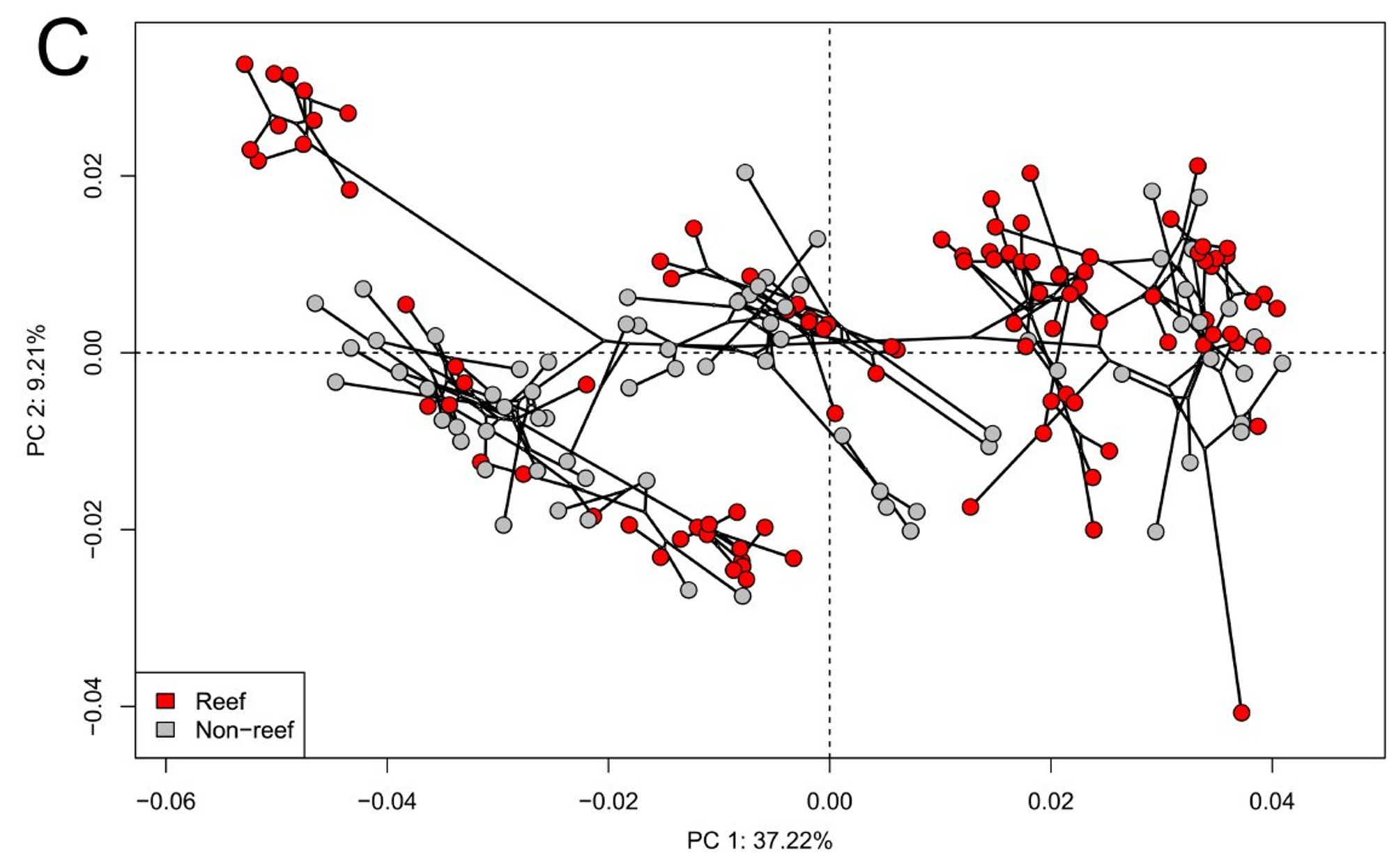
That's pretty cool! I looked it up in Tyler's monograph (repository.library.noaa.gov/view/noaa/53...) and it seems the branchial arches are cartilaginous. There are some species of triggerfish, like Odonus niger, which are filter feeders. Perhaps the serrations assist with their feeding/filtering?
Thanks!!
Ahh, I literally just played this a few months ago. It's available on Steam 😄
Thanks to all my coauthors for their hard work on this multi-year endeavor! Especially those that helped in the massive CT scan undertaking of 176 species!! @chrisgoatley.bsky.social (and Kory Evans, Matt Friedman, Giorgio Carnevale, Ben Nicholas, Kate Bemis, Matt Kolmann, and Dahiana Arcila) 15/15
Overall, we suggest the evolutionary innovation of the tetraodontiform beak is a more important driver of their morphological diversification as compared to reef habitat-- making it a critical component of their evolutionary success! 14/15

It appears that species occupying reefs are not more morphologically disparate and evolve at about the same tempo as species living in non-reef habitats (e.g. open oceans, rivers, deep-sea). 13/15

So, beaks seem to have a pretty strong effect on t-form evolution. But what about their habitat? When we look at the effect of coral reef association on skull shape evolution in t-forms, we surprisingly find similar rates of evolution between reef and non-reef habitats. 12/15
Overall, we found no difference in levels of integration between skulls of beaked vs. non-beaked species, but we do find very high rates of evolution in the jaw bones of beaked spp. Jaws in beaked taxa are evolving 2x faster!! 11/15



